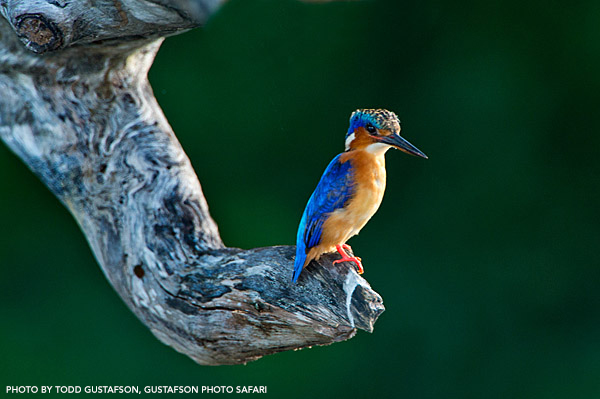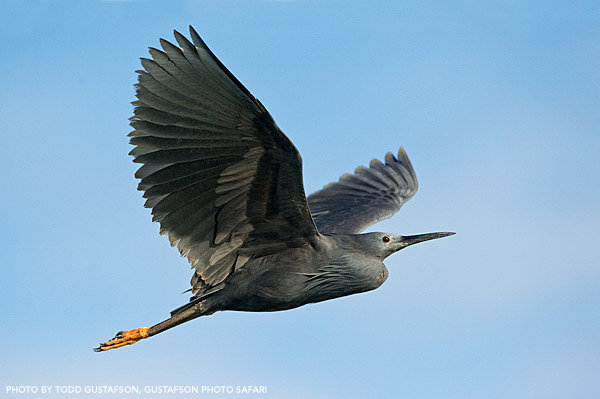The Holbrook Explorer

Madagascar: Day 7
Madagascar: Day 7
I took the second group for the morning boat while the others went to the forest pond. The boat is amazing! It’s flat-bottomed with a roof and rails all around to support cameras. It can get close to the birds; right up into the reed beds along the shore. I’ve shot from boats a lot and this set up is one of the best I’ve ever been on. The lake is a rookery for Black-capped Night-Herons, Intermediate Egrets, Purple Heron, Glossy Ibis, and the amazing Black Egret. One of the last 90 pairs of Madagascar Fish-eagles is nesting here and there are loads of Malachite Kingfishers. I’ve photographed Malachites before but the access, setting, and calmness of the birds here is unparalleled. The Black Egrets are in full mating plumage and the whole colony is alive with activity. I’ve seen exactly two Black Egrets in Tanzania and here we have 300!
Flight photography is great, too. The early morning fly in has squadrons of Black Egrets and Glossy Ibis but the flying continues all day. We even got some chances at the fish-eagles. The big surprise for me was a huge Purple Heron hanging out in the reeds at the water’s edge. Again, his calmness allowed us a close approach for beautiful portraits in golden light. After the boat ride we walked the grounds waiting for the Coquerel’s sifakas to come out of the forest and dance. They never did come down but we were able to photograph them in the trees.
This afternoon our second group took the boat trip while the first group went to the forest. Again, the birds were spectacular! The boatman understood what we needed for photography and continually put us in great positions to make the shots. The fish-eagles were perched on low branches and in the clear as we drifted by. So many great chances! After the boat ride we asked our guide if there were any Sickle-billed Vangas around, as we had heard they were in the area and hoped to see one. Our guide pointed at the tree right next to us. There were 20 of the Vangas there feeding on low branches. Success!




